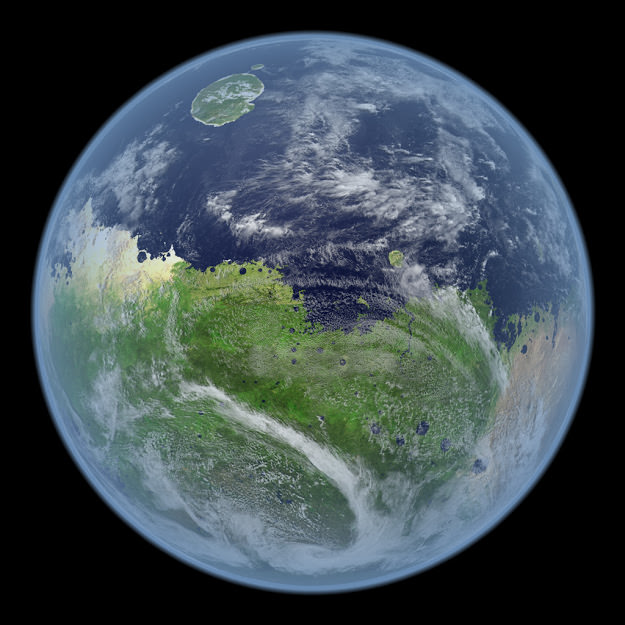Some exoplanets have characteristics totally alien to our Solar System. Hot Jupiters are one such type. They can have orbital periods of less than 10 days and surface temperatures that can climb to well over 4,000 K (3,730 °C or 6,740 °F). Unlike any planets in our system, they’re usually tidally locked.
Astronomers probed the atmosphere of one hot Jupiter and found some strange winds blowing.
Continue reading “Strange Winds Blow Through this Exoplanet’s Atmosphere”









